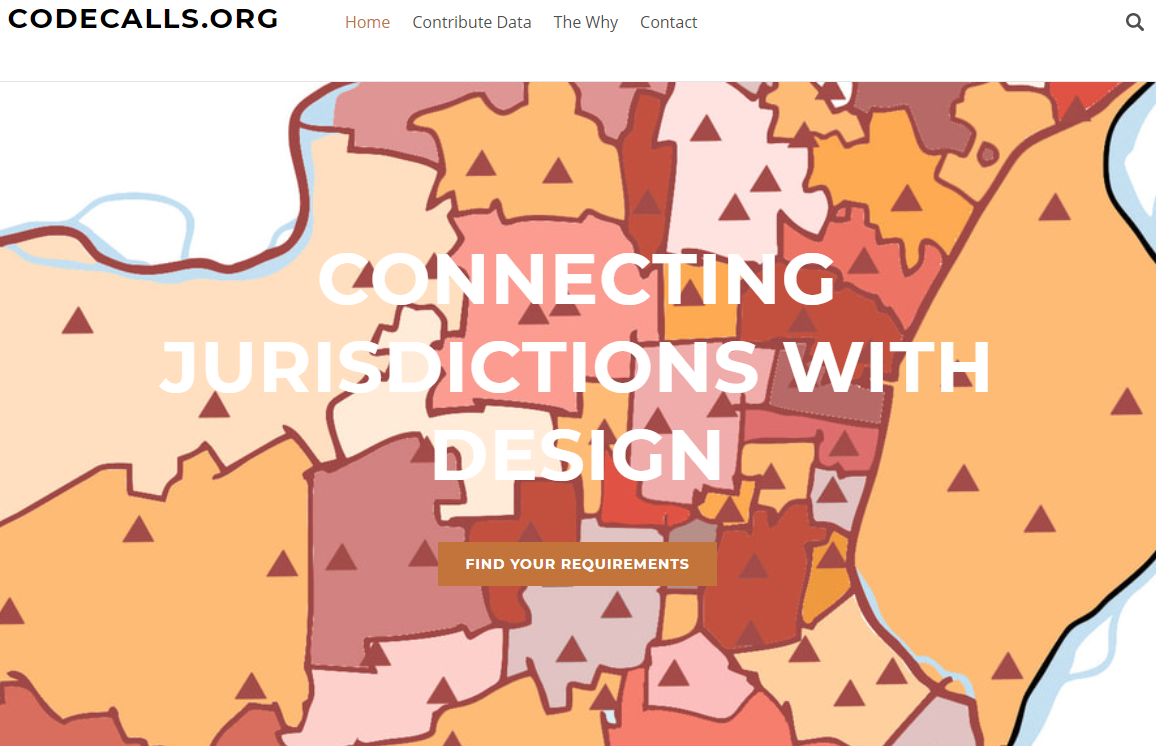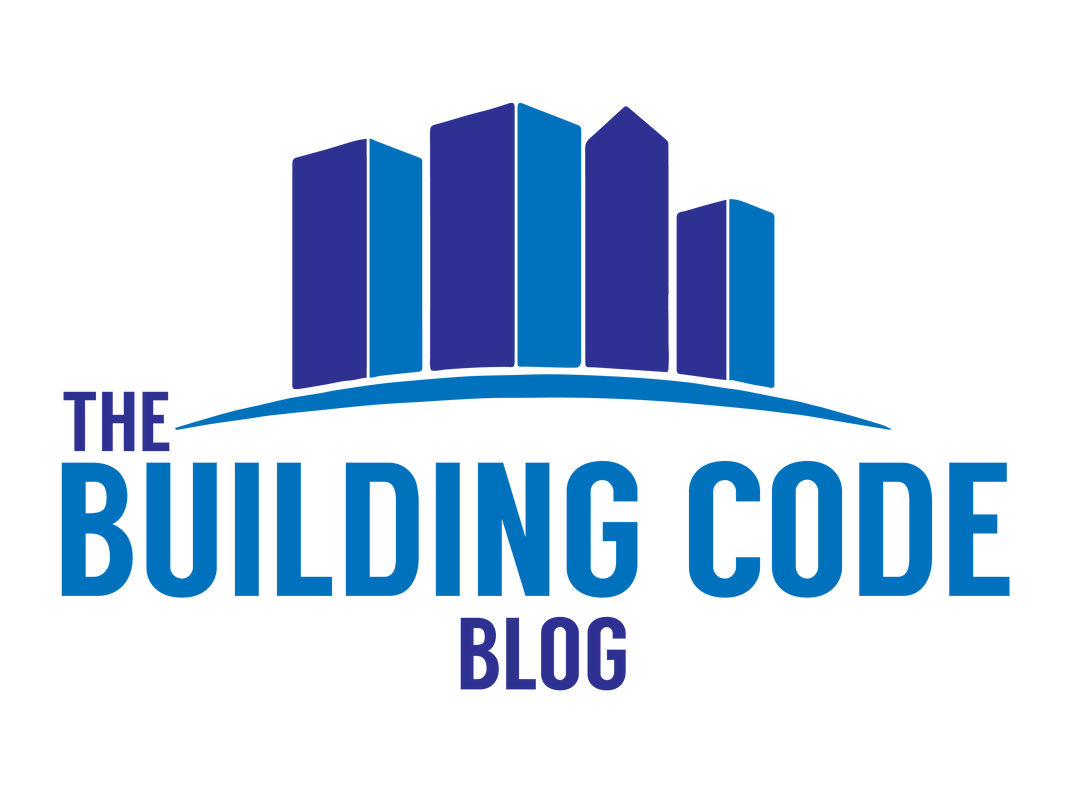|
In starting The Building Code Blog a few months ago, one of my main motivations was to answer frequently-asked code questions in a medium that is widely-accessible. Providing clear code direction to a contractor or architect is impactful, but providing code insights to hundreds or thousands of people in the AEC community is even more impactful. In my work on the blog and elsewhere, I hope to provide that further-reaching impact. To that end, I have partnered with Joe Meyer to launch a new initiative, CodeCalls.org. Joe and I met last year at the NFPA conference in San Antonio, and have since discovered a shared vision for developing resources and tools that benefit a wide range of people in the AEC community. Joe is an accomplished author and blogger at MeyerFire.com, where he regular writes and develops tools for the for fire protection community. He also recently launched his own practice, where he focuses on fire suppression and fire alarm design. What is CodeCalls.org?We are all about positive IMPACT for the fire protection community. This website is aimed at bringing together code officials, designers & contractors in a collaborative environment where local requirements can be met. The site will compile some common local requirements, such as type of fire department connection or level of hydraulic safety factor, in an easily accessible database. We know that better communication can help contractors in the bidding process and help code officials get their needs met to better serve the community and their own first responders. What's the Goal?Phase 1 is a test case for viability. Our goal is to gather local requirements that covers jurisdictions that combined account for 70% of an area's population.... and we want do to it in 30 days. To start, we are only compiling data for Indiana. Indiana has a healthy mixture of urban, suburban and rural jurisdictions, so it presents a great test case to validate the concept. If we get enough momentum for Indiana, we feel confident in pursuing the project for larger coverage. Why 70%?In order for the project to provide a practical positive experience for designers and contractors, we feel that a designer or installer needs to find the information they need at least 70% of the time. Otherwise, with too sparse or scattered information we won't get the positive feedback loop that we need to keep the project viable. Why Contribute?If you're an engineer, designer or installer, why should you contribute?
For one - this is a way to clarify local requirements that will help in more fair and consistent bidding. Second - we'll thank you by crediting your contribution with a link from the local listing directly to your company's website. If someone is looking for a local contractor or design outfit, they can search a ZIP code and immediately have contact information to you, the person who they know is already familiar with the local requirements. If you're a jurisdiction, why should you contribute? Simple - get your needs met. Are you tired of providing the same plan-review comments? Tired of answering the same basic questions in phone calls and emails? This platform is an easy way to clarify the gray areas of code and simply make your requirements more clear to those who are seeking them. If you are outside of Indiana, we hope to expand quickly. Assuming we get a strong response from jurisdictions in Indiana, we plan to rapidly move to other states! You can contribute starting now at CodeCalls.org/contribute-data. Need assistance on your specific project? Add Campbell Code Consulting to your team. They are a full-service code consulting and fire protection engineering firm that can help you navigate complex code challenges.
1 Comment
6/25/2021 10:53:18 pm
For entrepreneurs, it is better to have an LLC as it reduces personal liability for corporate or business debts. Forming an LLC (Limited Liability Company) in South Carolina is easy and affordable.
Reply
Leave a Reply. |
Categories
All
Sign up to receive Building Code Blog UpdatesArchives
July 2024
|
The Building Code Blog
- Home
- Blog
- About
-
Tools
- Allowable Height & Area Calculator - Non-Separated Mixed Occupancy
- Allowable Height & Area Calculator - Separated Mixed Occupancy
- Average Grade Plane Calculator
- Calculated Fire Resistance for Wood Walls
- Fire and Smoke Damper Tool
- Fire Wall/Exterior Wall Intersection Tool
- Frontage Calculator
- IBC Occupant Load Calculator
- Plumbing Fixture Calculator
- Stair Pressurization Estimator
HomeAboutBlogContact |
Copyright © 2019-2024 The Building Code Blog
The views, opinions, and information found on this site represent solely the author and do not represent the opinions of any other party, including the author's employer and the International Code Council, nor does the presented material assume responsibility for its use. Local codes and amendments may vary from the code requirements described herein. Fire protection and life safety systems constitute a critical component of public health, safety and welfare and you should consult with a licensed professional for proper design and code compliance.
|

 RSS Feed
RSS Feed
